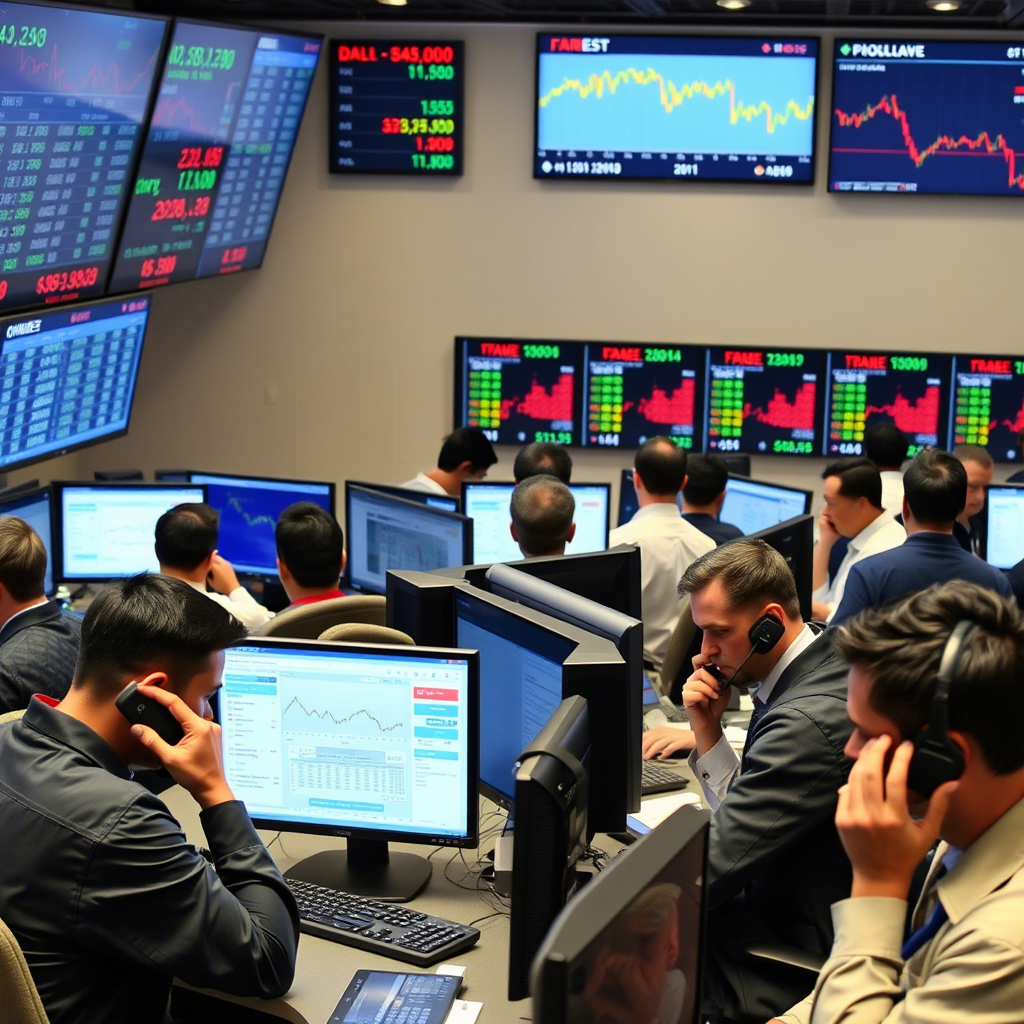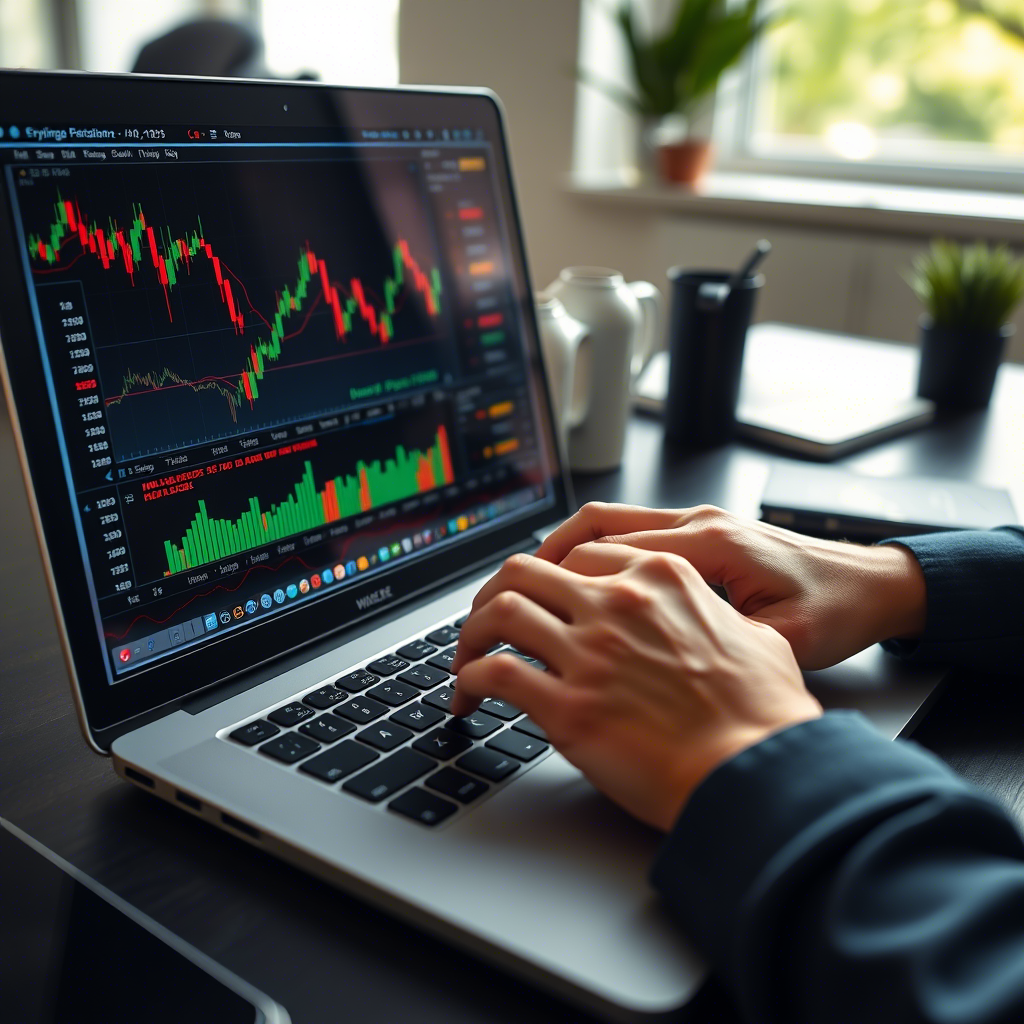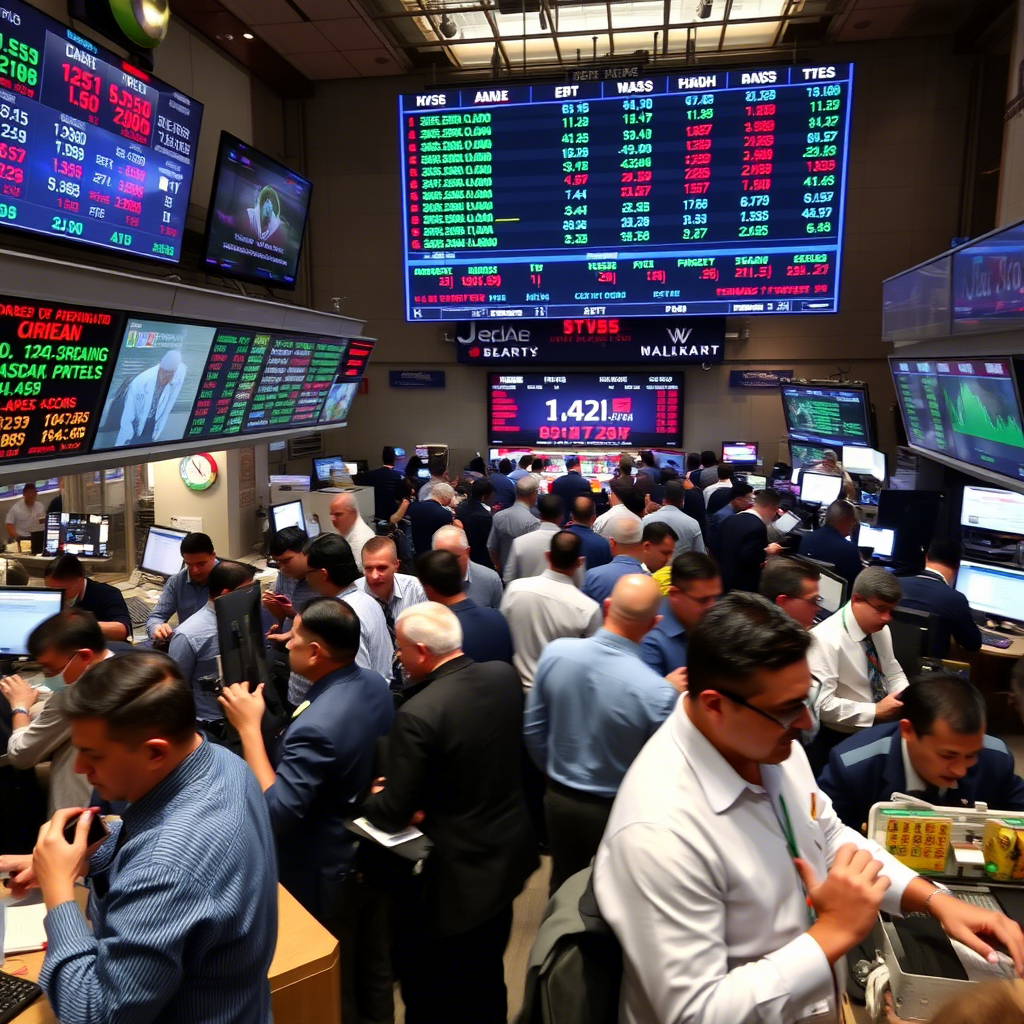Foreign Currencies in Trading: A Beginner’s Guide to Forex Opportunities

What Are Foreign Currencies in Trading?
Foreign currencies are the legal tender of different countries, such as the US Dollar (USD), Euro (EUR), or Japanese Yen (JPY), traded in the foreign exchange (forex) market. Forex trading involves buying one currency while selling another, forming currency pairs like EUR/USD or GBP/JPY. The exchange rate between the pair indicates how much of the “quote” currency (the second one) is needed to buy one unit of the “base” currency (the first one).
For example, if EUR/USD is 1.10, it takes 1.10 US Dollars to buy 1 Euro. Traders aim to profit by buying a currency pair when they expect the base currency to strengthen or selling when they predict it will weaken. Foreign currencies are influenced by economic, political, and social factors, making forex a dynamic and engaging market.
How the Forex Market Works
The forex market operates 24 hours a day, five days a week, across major financial hubs like London, New York, Tokyo, and Sydney. It’s decentralized, meaning trades occur over-the-counter (OTC) through electronic platforms rather than a single exchange. This global reach allows traders to react to events like central bank decisions or geopolitical shifts in real-time.
Types of Foreign Currencies in Forex
Foreign currencies are categorized based on their role and liquidity in the forex market. Understanding these categories helps traders choose pairs that suit their strategies.
1. Major Currencies
Major currencies belong to the world’s largest economies and are the most traded, offering high liquidity and tight spreads. They include:
-
US Dollar (USD): The world’s primary reserve currency, involved in nearly 88% of forex transactions.
-
Euro (EUR): Used by 20 Eurozone countries, a staple in pairs like EUR/USD.
-
Japanese Yen (JPY): Popular in carry trades due to Japan’s low interest rates.
-
British Pound (GBP): Known for volatility, especially around UK events like Brexit.
-
Swiss Franc (CHF), Canadian Dollar (CAD), and Australian Dollar (AUD): Also majors, tied to stable economies.
Major pairs, like EUR/USD or USD/JPY, account for the bulk of forex trading volume.
2. Minor Currencies
Minor pairs exclude the USD but involve other major currencies, such as EUR/GBP or AUD/JPY. They’re less liquid than majors, with wider spreads, but offer diversification for experienced traders.
3. Exotic Currencies
Exotic currencies come from emerging or smaller economies, like the Mexican Peso (MXN), Turkish Lira (TRY), or South African Rand (ZAR). Paired with a major currency (e.g., USD/TRY), exotics are less liquid, more volatile, and have higher spreads, making them riskier but potentially rewarding.
Why Trade Foreign Currencies?
Trading foreign currencies offers unique advantages that attract beginners and seasoned investors:
1. High Liquidity
Major currency pairs are highly liquid, allowing traders to buy or sell large volumes with minimal price slippage. This ensures fast trade execution, even during volatile periods.
2. Accessibility
Forex trading requires minimal capital. Many brokers offer accounts starting at $50-$100, making foreign currencies accessible to anyone with an internet connection.
3. Leverage Opportunities
Forex brokers provide leverage (e.g., 1:50), enabling traders to control larger positions with small investments. While leverage boosts profits, it also increases losses, so caution is key.
4. 24/5 Flexibility
The forex market’s round-the-clock operation lets traders choose when to trade, fitting around work, school, or other commitments.
5. Diversification
Foreign currencies move independently of stocks or bonds, allowing traders to diversify their portfolios and hedge against market volatility.
How to Start Trading Foreign Currencies
Ready to trade foreign currencies? Follow these steps to begin your forex journey:
Step 1: Learn the Basics
Understand key forex concepts like pips, spreads, margin, and currency pairs. Study how economic factors (e.g., interest rates, inflation) and geopolitical events impact currencies. Free resources like broker tutorials, YouTube channels, or books like Forex Trading: The Basics Explained in Simple Terms are great starting points.
Step 2: Choose a Regulated Broker
Select a broker regulated by authorities like the Financial Conduct Authority (FCA), Commodity Futures Trading Commission (CFTC), or Australian Securities and Investments Commission (ASIC). Compare platforms (e.g., MetaTrader 4 or 5), fees, and leverage options. Ensure the broker offers the currency pairs you want to trade.
Step 3: Practice with a Demo Account
Use a demo account to trade virtual money, testing strategies on pairs like EUR/USD or USD/JPY. Experiment with technical indicators (e.g., moving averages) and fundamental analysis (e.g., economic news) to build confidence.
Step 4: Develop a Trading Plan
Create a plan outlining your goals (e.g., short-term profits or long-term growth), risk tolerance, and strategy (e.g., scalping, swing trading). Include risk management rules, like risking only 1-2% of your account per trade and using stop-loss orders.
Step 5: Start Small
Fund a live account with a modest amount you can afford to lose. Focus on major pairs initially, as they’re less volatile and easier to trade. Scale up as you gain experience.
Risks of Trading Foreign Currencies
Trading foreign currencies carries risks that traders must manage:
1. Market Volatility
Currencies can swing sharply due to economic data, central bank policies, or geopolitical events, leading to unexpected losses.
2. Leverage Risks
Leverage amplifies both profits and losses. A small adverse move in a highly leveraged position can wipe out your account.
3. Emotional Trading
Fear or greed can lead to impulsive decisions, like chasing losses or overtrading. A disciplined plan helps maintain objectivity.
4. Broker Reliability
Unregulated brokers may engage in unethical practices, like price manipulation. Always verify a broker’s regulation and read reviews.
Tips for Successful Foreign Currency Trading
Boost your forex success with these practical tips:
1. Focus on Major Pairs
Start with liquid pairs like EUR/USD or USD/JPY, which have tighter spreads and lower volatility, ideal for beginners.
2. Combine Analysis
Use technical analysis (e.g., RSI, candlestick patterns) for trade timing and fundamental analysis (e.g., GDP, interest rates) to understand currency strength.
3. Stay Informed
Follow economic calendars for high-impact events like US non-farm payrolls or ECB rate decisions, which drive currency movements.
4. Keep a Trading Journal
Log your trades, including pair, strategy, and outcome. Reviewing your journal helps refine your approach.
5. Be Patient
Forex success takes time. Avoid chasing quick profits and focus on consistent growth through practice and learning.
Conclusion
Trading foreign currencies offers an exciting way to engage with the global economy and build wealth. With high liquidity, accessibility, and the potential for diversification, the forex market is ideal for beginners and experienced traders alike. However, success requires education, discipline, and careful risk management to navigate volatility and leverage.
By learning the basics, choosing a regulated broker, and starting with major currency pairs, you can confidently explore the world of foreign currencies. Stay informed, stick to your plan, and take the first step toward mastering forex trading today.




